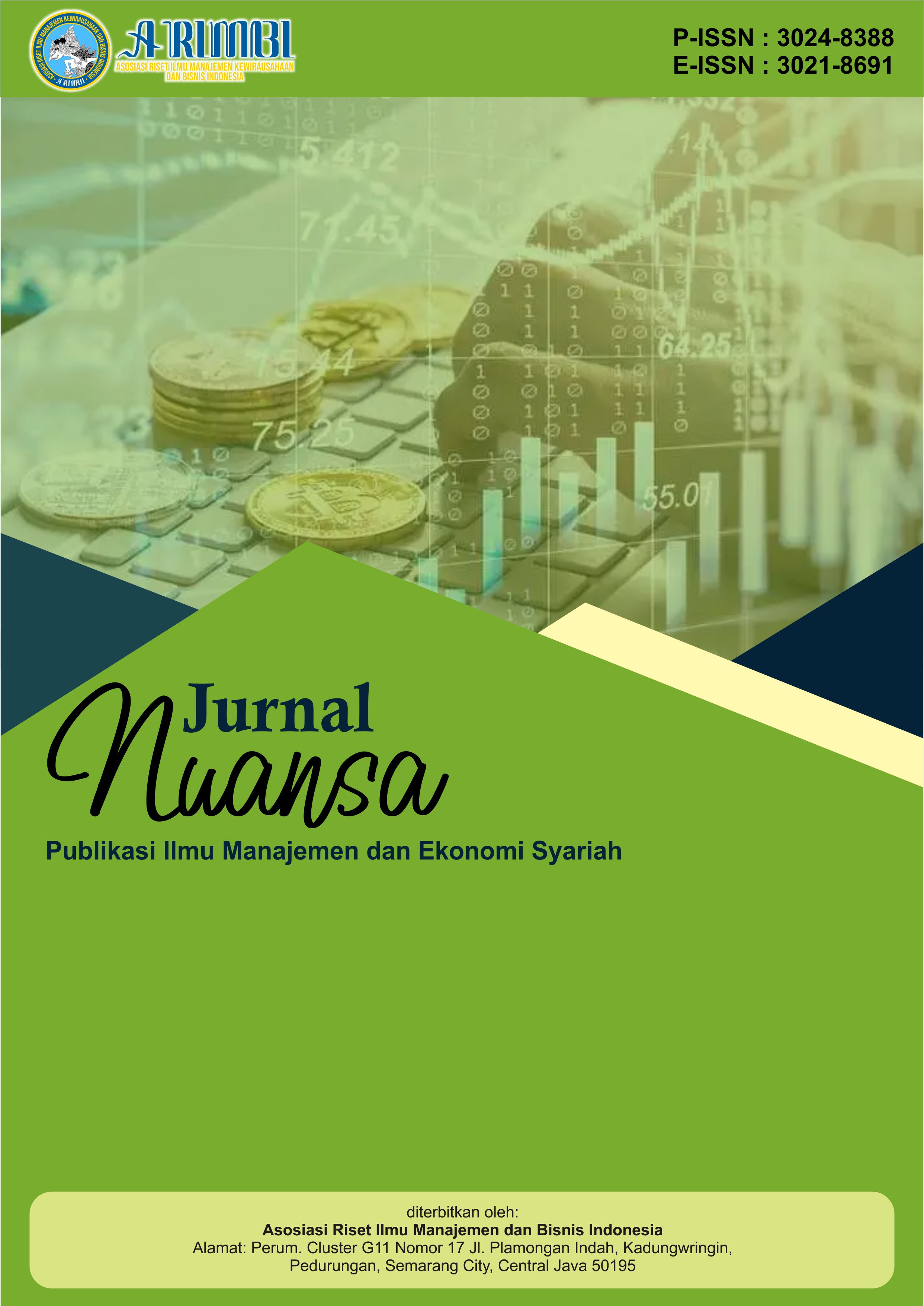Integration Between Artificial Intelligence and Cyber Security Technologies and Its Impact on Administrative Decisions
DOI:
https://doi.org/10.61132/nuansa.v3i1.1593Keywords:
AI, Cybersecurity, Decisions, IntegrationAbstract
This research aims to understand the impact of the integration between artificial intelligence (AI) technologies and cyber security on administrative decisions in three aspects: (1) decision-making speed, (2) decision accuracy, and (3) decision effectiveness. A sample of 150 employees was drawn, and a survey was used to gather the required information. Data analysis was conducted using the statistical program SPSS 25, employing various statistical methods such as mean, standard deviation, correlation coefficient, and simple linear regression. The research concluded with several findings, the most important being: The integration of AI technologies and cyber security leads to improved speed, accuracy, and effectiveness of administrative decisions, The researcher recommended that institutions adopt AI technologies to enhance their cyber security systems, particularly in areas like machine learning and big data analysis.
Downloads
References
Alazab, M., Khraisat, A., & Gondal, I. (2020). Artificial intelligence and cybersecurity: A review of the current state and future directions. Journal of Intelligent Information Systems, 57(2), 23–37. https://doi.org/10.1007/s10844-020-00615-5
Barnard, C. (2019). The functions of the executive (10th ed.). Harper Collins.
Chakrabarti, A., Gupta, B., & Kar, A. K. (2019). A framework for integrating artificial intelligence and cybersecurity in organizations. Journal of Management Information Systems, 36(4), 931–954. https://doi.org/10.1080/07421222.2019.1660984
Defense Advanced Research Projects Agency (DARPA). (2020). Artificial intelligence (AI). Retrieved from https://www.darpa.mil/about-us/darpa
Denning, D. E. (2018). The future of cybersecurity. Journal of Cybersecurity, 4(1), 1–13.
Fayol, H. (2017). General and industrial management (11th ed.). Dunod.
Gupta, S., Kumar, N., & Singh, M. (2020). Artificial intelligence and cybersecurity: A systematic review and future directions. Journal of Intelligent Information Systems, 57(1), 39–55. https://doi.org/10.1007/s10844-020-00612-8
Kizza, J. M. (2020). Guide to computer network security. Springer.
Kshetri, N. (2019). Cybersecurity in the digital economy. Routledge.
Kumar, P., Singh, M., & Kumar, N. (2020). Integration of artificial intelligence and cybersecurity: A review of the current state and future directions. Journal of Cybersecurity and Privacy, 1(1), 1–15. https://doi.org/10.1007/s42979-020-00001-5
Poole, D. L. (2010). Artificial intelligence: Foundations of computational agents. Cambridge University Press.
Sarker, I. H., Kayes, A. S. M., & Badsha, S. (2019). Cybersecurity data science: An overview from artificial intelligence perspective. Journal of Intelligent Information Systems, 56(1), 1–17. https://doi.org/10.1007/s10844-018-0527-5
Singh, M., Kumar, N., & Gupta, S. (2020). Artificial intelligence and cybersecurity: Challenges and future directions. Journal of Cybersecurity and Privacy, 1(2), 45–60. https://doi.org/10.1007/s42979-020-00005-1
Sutton, R. S., & Barto, A. G. (2018). Reinforcement learning: An introduction. MIT Press.
Downloads
Published
How to Cite
Issue
Section
License
Copyright (c) 2025 Jurnal Nuansa : Publikasi Ilmu Manajemen dan Ekonomi Syariah

This work is licensed under a Creative Commons Attribution-ShareAlike 4.0 International License.






